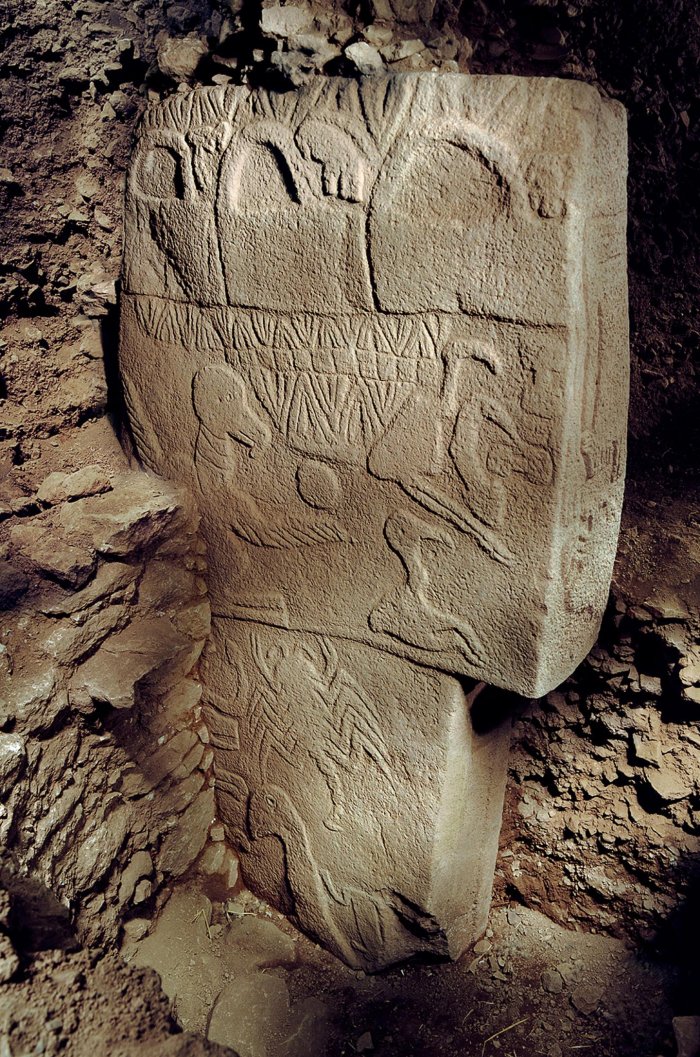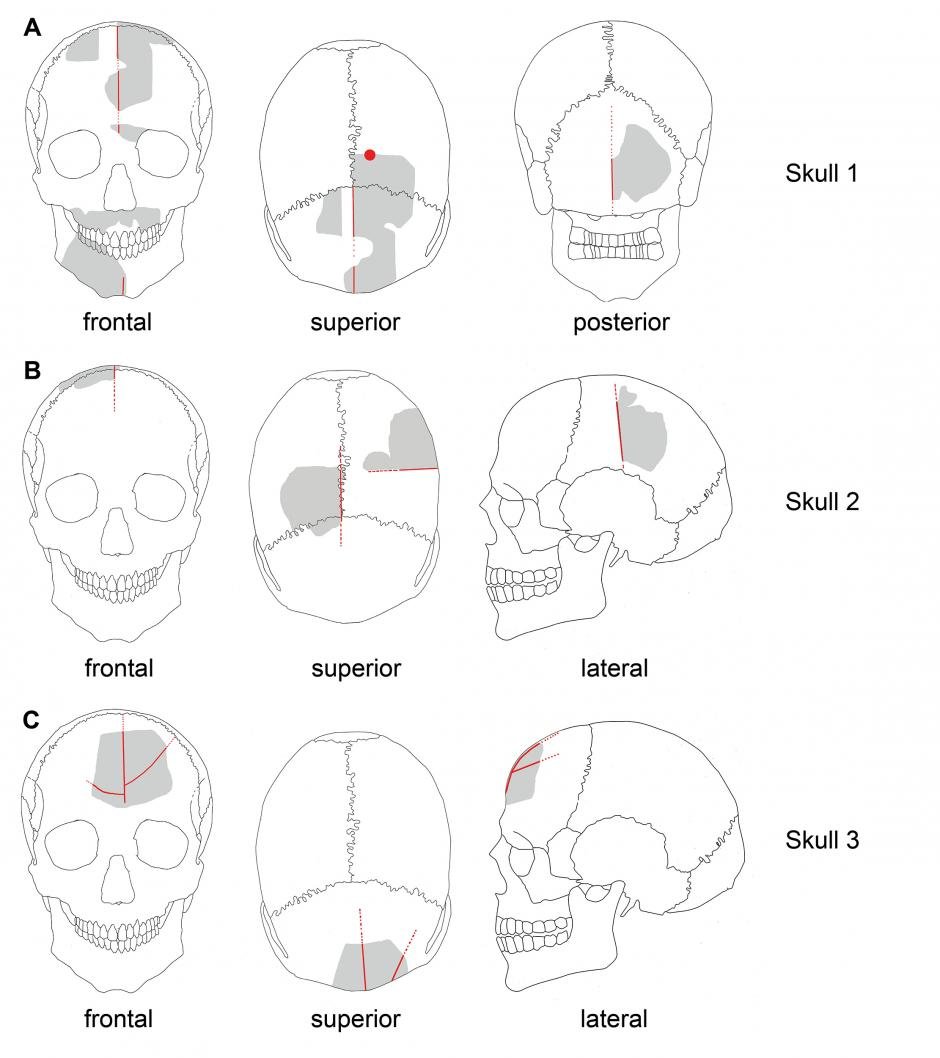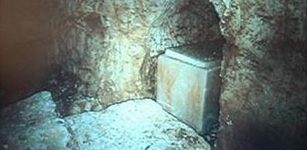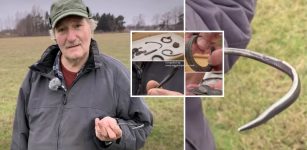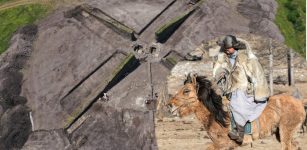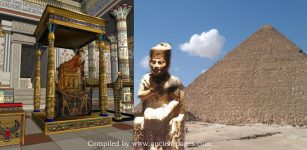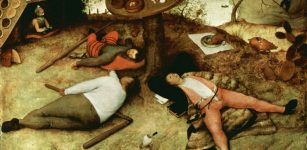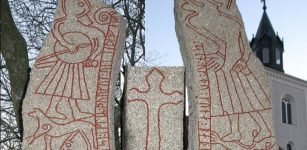Mysterious Skull Cult At Göbekli Tepe – Ancestor Worship Or Trophies Of Dead Enemies?
AncientPages.com - Was there once a mysterious 12,000-year-old skull cult at Göbekli Tepe in Turkey?
Three odd early Stone Age skulls carry artificial modifications of a type so far unknown from contemporaneous sites. The discovery now raises the question of whether inhabitants of Göbekli Tepe were involved in religious rituals related to death, midsummer or midwinter. The carved skulls deepen the mystery surrounding the ancient site.
Building Göbekli Tepe Image credit: National Geographic
Göbekli Tepe is an extremely important archaeological site. First discovered in the 1960s, it comprises of huge stone slabs that had been purposefully arranged there—a little like the U.K.’s Stonehenge, only far older. The site is thought to have been used for ritual or religious purposes, rather than domestic, meaning it is widely considered the world’s first temple.
A pillar from Building D at Göbekli Tepe seen from the southeast. Image credit: DAI
At the site, researchers from the Deutsches Archäologisches Institut in Berlin found holes and deep cutters made with tools in three crane fragments. According to the study published in the journal Science Advances, the carvings bisect the center of the face, continuing up the forehead and all the way around to the back of the skull. Interestingly, none of these individuals seem to have died from their skull carvings.
Göbekli Tepe - Image credit: DAI
Actually, these modifications were done post-mortem, defleshed and carved shortly after the person died. One of the skulls also had a hole drilled into it on the top left of the cranium. It’s unknown who the skulls belonged to.
Ancestor Worship Or Trophies?
“We were very surprised at our findings, even though we already know about skull cults in this area where people have painted skulls. When I started my survey, I thought that there might be traces of this typical skull cult, but then we found these tracks, and that is very special. I've never seen anything like that before. We have looked at all the evidence from this area, and nothing is described, so it's really unique, “Julia Gresky from the Deutsches Archäologisches Institut in Berlin said.
Schematic drawings of Göbekli Tepe skulls. Gray, preserved elements; red, modifications. Image credit: DAI
Although many of the sculptures and stone reliefs at Göbekli Tepe stand out for their craftsmanship or artistry, including detailed depictions of birds, predators, and insects, the marks on the skulls seem to belong to a different, cruder class of carving.
“The carvings consist of many deep cuts—somebody clearly did it intentionally. They’re deep incisions, but not nicely done. Someone wanted to make a cut, but not in a decorative way. It could be to mark them as different, or to fix decorative elements, or to hang the skulls somewhere,” Gresky said.
Whatever their purpose, the carvings seem to mark the skulls as outliers: Dozens of other skull fragments have been found at Göbekli Tepe with no sign of carving or cutting. That suggests these skulls were singled out after their owners’ deaths for some reason.
Details of artificial skull modifications. A, C, D: carvings, B: drilled perforation. Image credit: DAI
“They are really special, these three individuals. The skulls might have been displayed as part of ancestor worship, or as trophies to show off the remains of dead enemies,” Gresky said.
Everything indicates skulls were deliberately carved to display them in a certain way, rather than for decorative purposes.
At present, these fragments represent the oldest ever evidence of a skull cult. Maybe there are other cases, but so far, no there is no more evidence of similar skulls in the area.
It’s too early to say with certainty, but it’s possible scientists have discovered the world’s oldest skull cult.
AncientPages.com


